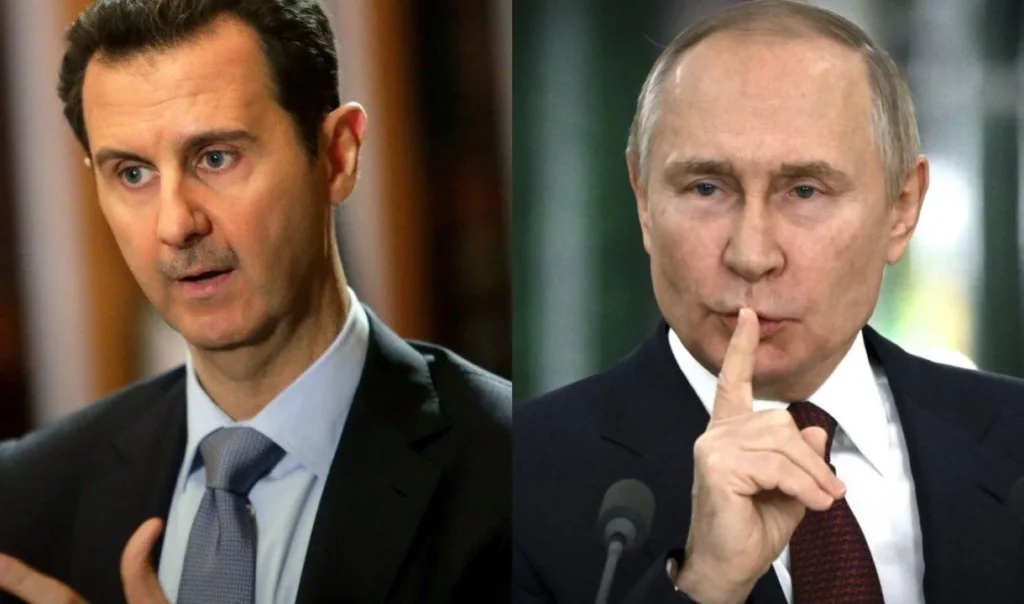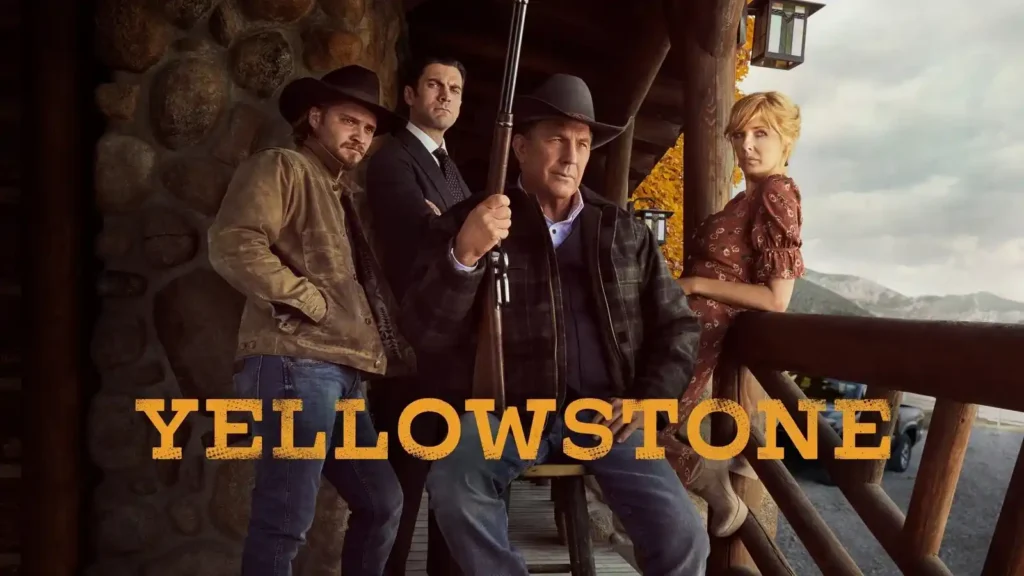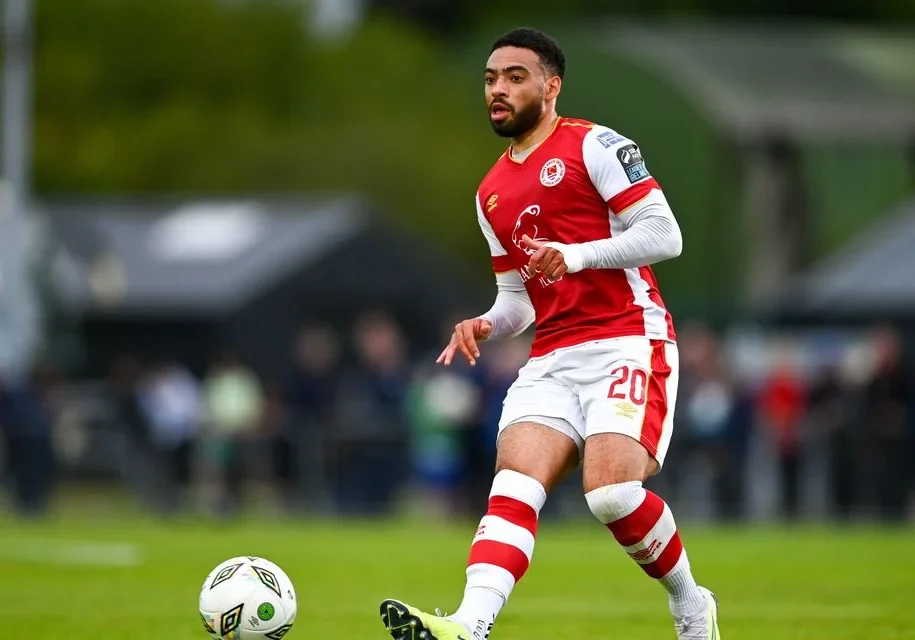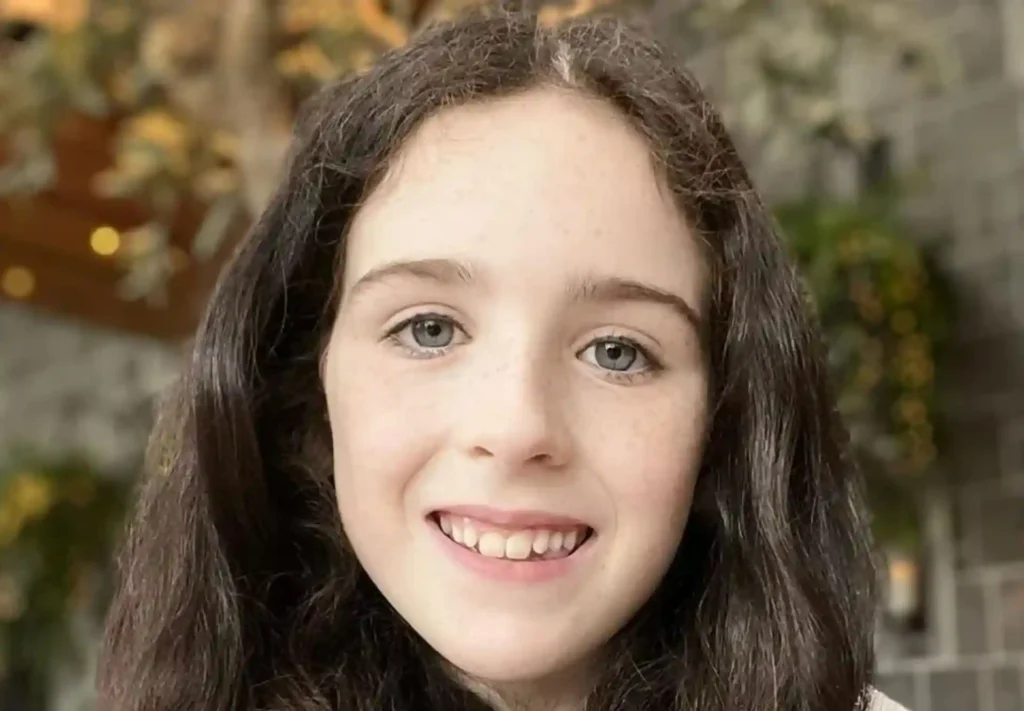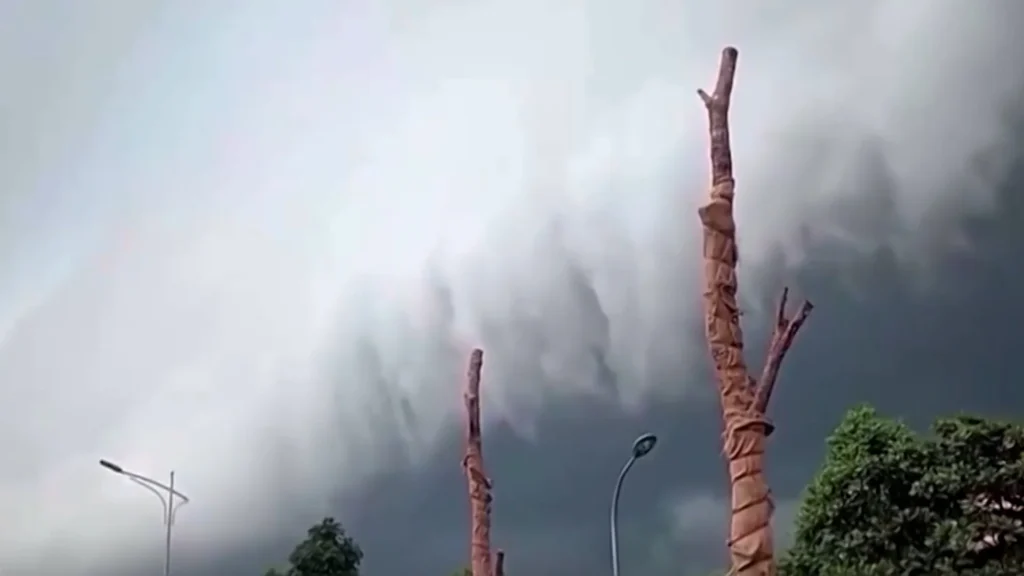Irish Mythological Creatures: Folklore, Origins & Modern Meaning
Ireland’s misty landscapes are alive with legends. The remnants of strange creatures whisper across the glens, bogs, and cliffs. These Irish mythological creatures are a part of life for those who still honour the folklore. They enchant, caution, and sometimes terrify. These stories, through generations of retelling, showcase the soul of a nation.
Benign, terrifying, or divine, these beings connect the modern world with ancient wisdom. Through myths, Ireland speaks to us. This article looks into these creatures, how they came to be, what they mean, and how they stay with us. So grab your coffee and get ready to encounter spirits, shapeshifters, and dragons that come from the heart of Celtic folklore creatures.
Origins Of The Irish Mythological Creatures
The ancient Celts thought that gods and spirits lived in nature. From these beliefs, came some powerful mythological beings. The storytellers passed these stories down through the generations.
Ancient Celtic Beliefs
Long before Rome or Christianity, Celts used to rule Ireland. Nature, gods, and spirits guided their lives. There were guardians of the forests, voices in the rivers, and animals that were reverent and sacred. Basic beliefs of the Celts evolved into what we call Celtic mythical creatures. Since then, these are seen as part of the natural order, and not separate from it.

Christian Reinterpretations
When the Christianity came, it did not erase the old beliefs. They re-envisioned them. Some gods became saints. Other beings were associated with devils or demons. Banshees were omens of death. Faeries were angels who fell. These new beliefs kept the mythological creatures of Ireland alive in an ever-changing world of meaning.
Importance Of Oral Traditions
Ireland’s past existed through voice, not books. Storytellers, seanachaithe, handed down stories around the firelight. This sustained beliefs about the creatures in Celtic mythology. Oral lore gave magic to the memory.
Legendary Irish Mythological Creatures
Ireland’s myths are filled with magical beings. Some that protect, others that deceive. Each one has a certain purpose. They embody ancient beliefs. They bridge the paste with the present.
Leprechauns
This impish creature of folklore hides gold and makes shoes. They are intelligent and mischievous. Leprechauns disappear before your eyes. If you catch one, he must grant three wishes. But, be careful. He will twist your words. Leprechauns are little men that symbolise luck, greed, and cleverness. They are known throughout the world, but they began in Irish mythology.
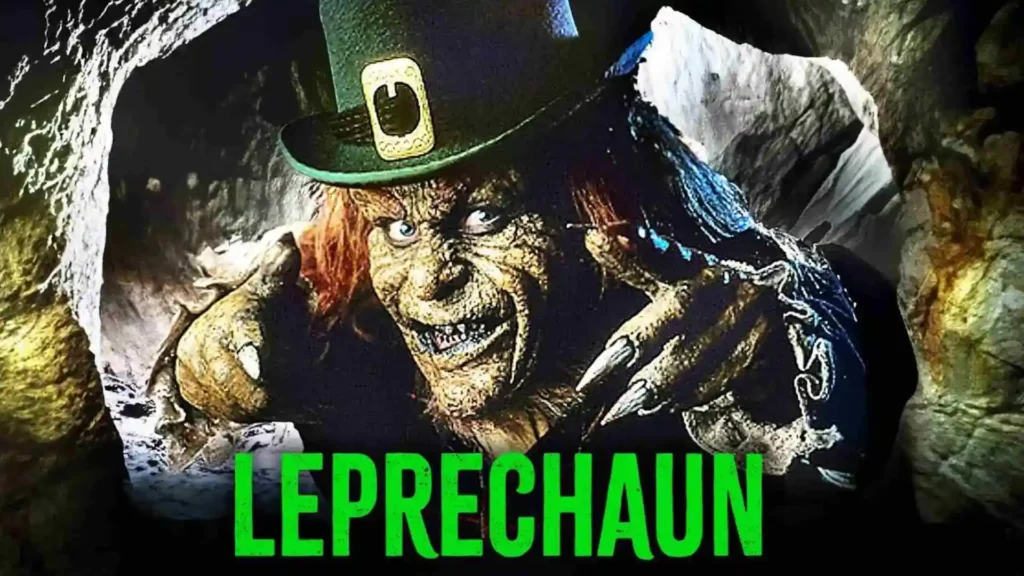
Banshee
She cries at night, which can foretell death. The banshee wears white or grey, and has long hair. When she screams, it sends a chilling agony to the soul of whoever hears her. Some say she is the ghost of a wronged woman. Others see her as a fairy or a spirit. The banshee is a story based on sorrow, warning, and cultural fear tied to Irish supernatural creatures.

Púca (Pooka)
The púca is wild and known for shape-shifting. It shifts into horses with red eyes, goats and black dogs. It spreads havoc. The púca has the ability to speak. It can cause harm or provide solace and advice. Púca is one of Ireland’s most unpredictable Celtic folklore monsters.
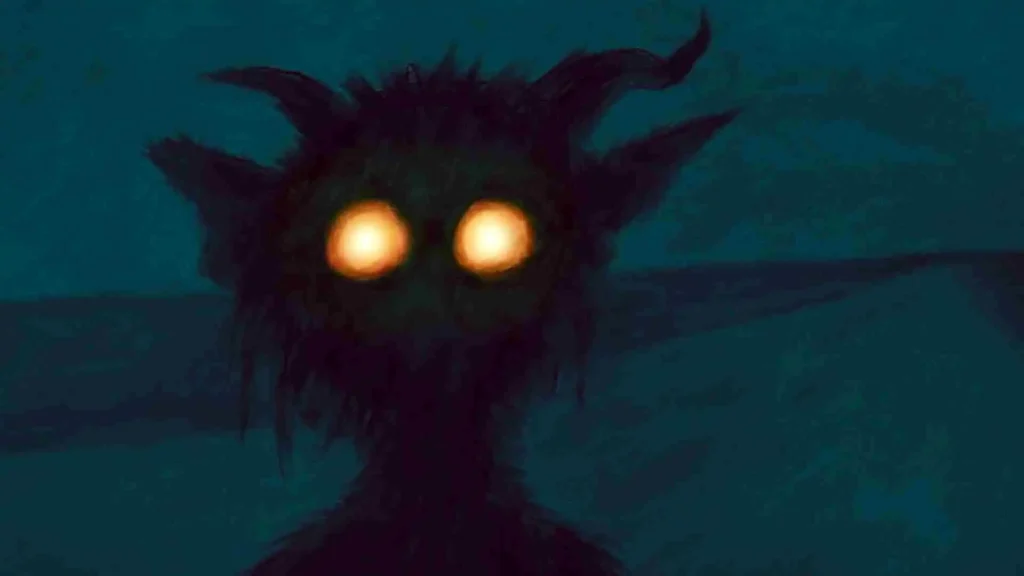
Selkies
Selkies are seal people which come from the sea. They shed their skin and walk on land as humans. Stories often tell of a human stolen, selkie’s are trapped on land. These tales often end in heartbreak. Selkies belong to both Irish and Scotland mythological creatures lore. They represent longing, freedom and the pull of the sea.
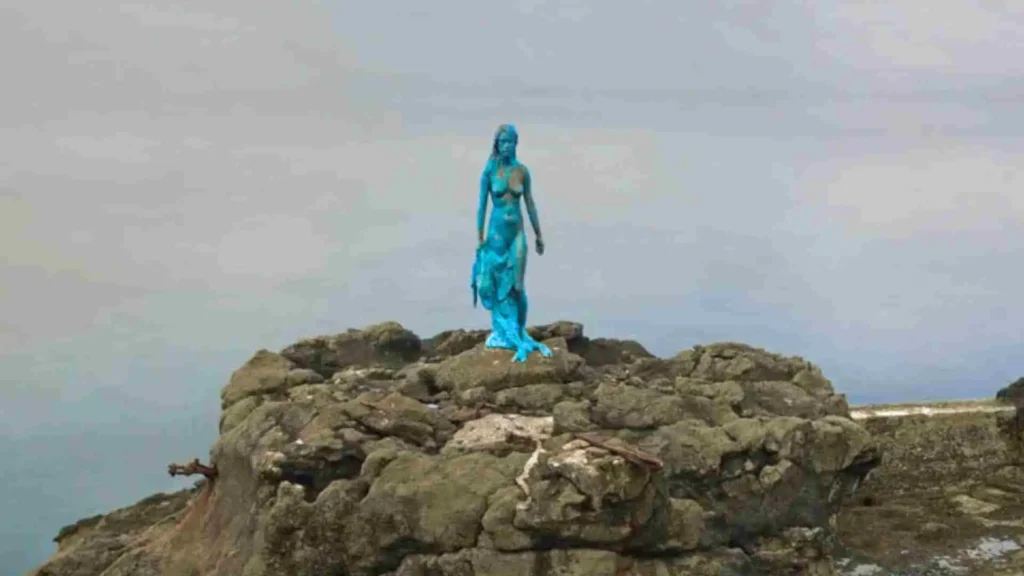
Dullahan
The Dullahan is a headless horse rider carrying its head in hand. It carries a spine for a whip. If the Dullahan stops riding, someone dies. The Dullahan is a scary supernatural creature, and represents fate and inevitability. Even other mythical creatures humans fear him..
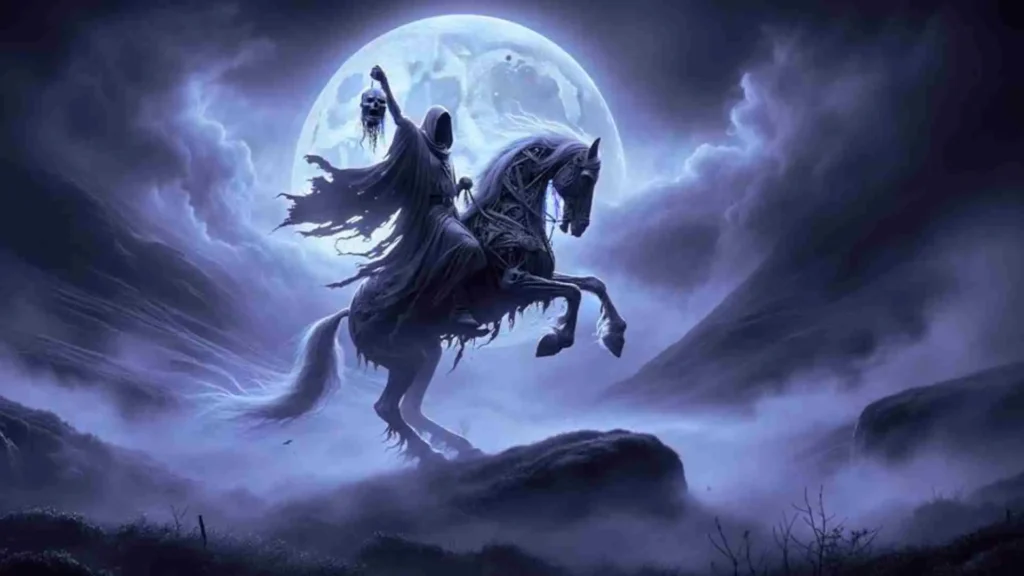
The Morrigan
The Morrigan is a goddess of war with three aspects: maiden, mother, and crone. She has the ability to take different shapes, most commonly that of a crow. She can predict battles and death. The cult of the Morrigan, being a duality of protector and destroyer, marked her as a complex figure in Celtic creatures mythology.
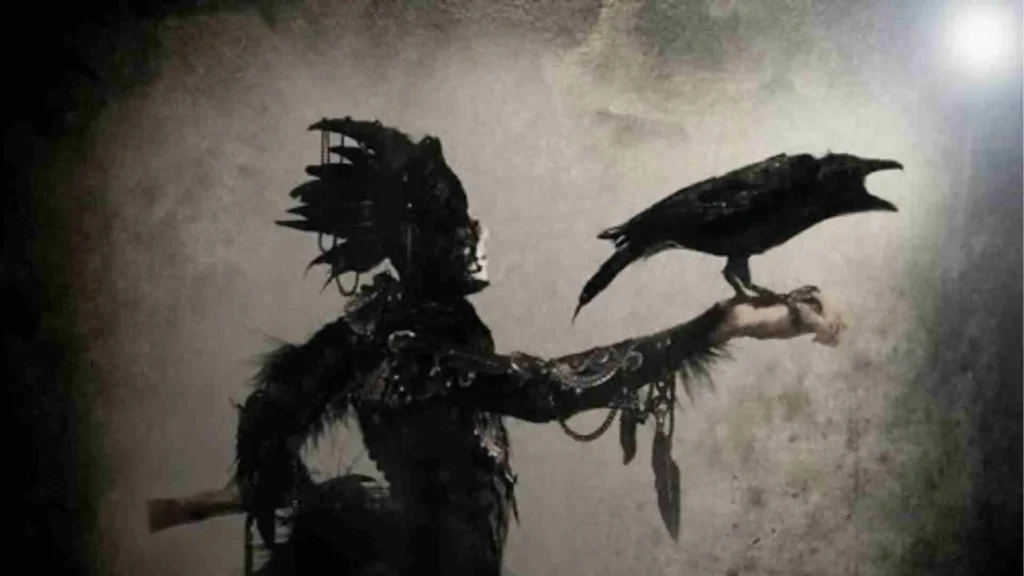
Fear Gorta
Fear Gorta is a mythical fire creature, but he represents famine. He walks the land begging for food. If you decide to feed Fear Gorta, he will grant you riches in return. If you ignore him, you will be cursed with famine. Fear Gorta’s purpose is to teach humans how to be generous in times of need and financial hardship.
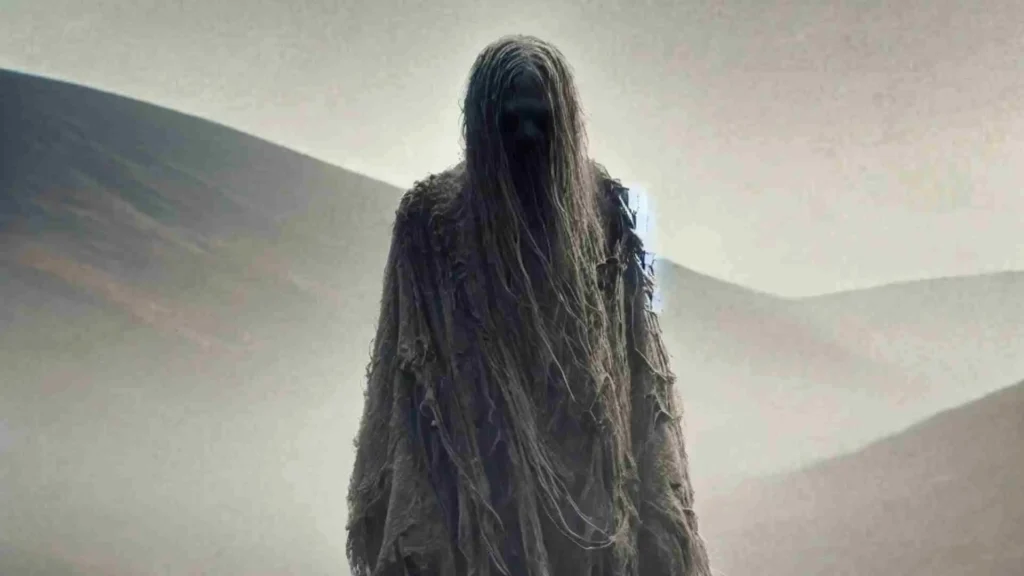
Abhartach (Irish Vampire)
Abhartach was a chieftain rose from the grave. Neither priest nor any warrior could stop him. He is said to be one of the origins of vampire tales. As an Irish supernatural creature, he feeds off of blood and fear, ruling the undead.
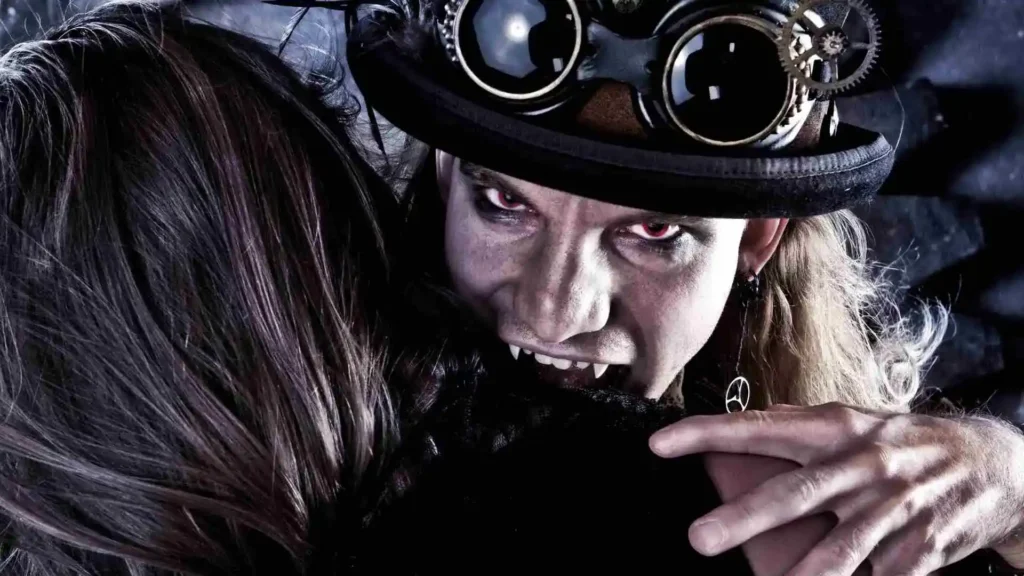
Each-Uisge / Kelpie
These mythological creatures of Ireland lure their victims to ride them. Then, they drown and eat them. They appear as horses around lakes. Each-Uisge, unlike Kelpie, is more common in Ireland than Scotland.
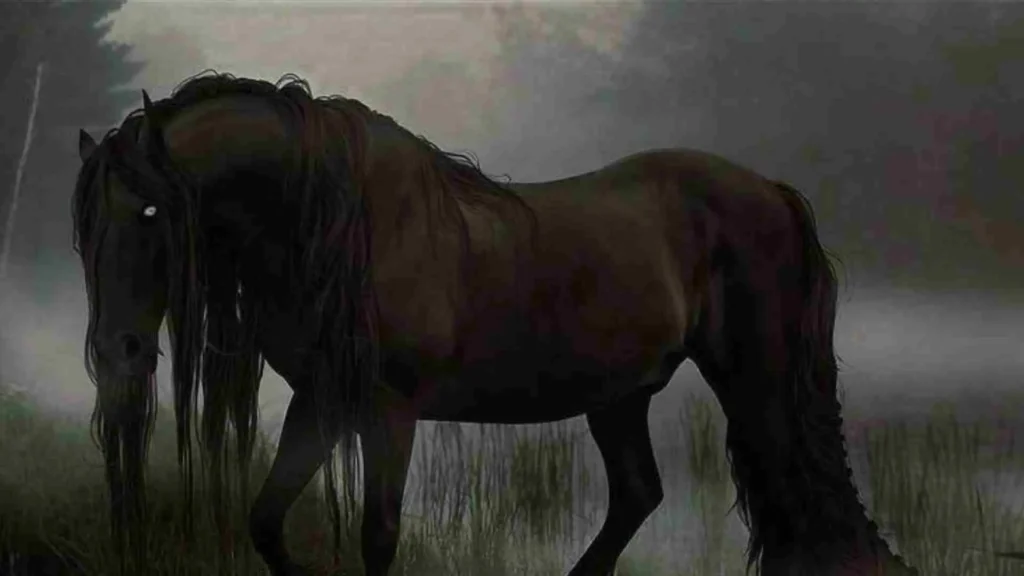
Symbolism And Meaning In Irish Mythical Creatures
These beings carry emotional baggage. Banshees express grief. Leprechauns represent greed and trickery. They have affinities with nature. Púca represents wild animals and the land. Selkies are tied to the pull of the sea.
Hidden inside their stories are moral lessons. The Dullahan is a warning of death. The Morrigan in a way represents courage. The Fear Gorta represents kindness. Together these monsters create a worldview. They demonstrate the Celtic sense of balance in love, war and nature. These mythical Celtic creatures are reflections of Irish identity.
Modern Representations And Legacy
Irish mythical beings are still relevant today. They appear in all kinds of literature, films, or festivals. Creatives provide a new vision as they explore these for new audiences. People travel to see sites of legend. These legendary beings are alive in culture and memory.
In Irish Culture And Festivals
Nowadays, Irish creatures exist in parades and books, and community events. The Irish dragon is represented in pubs and souvenirs. These legends are not just stories, these are mythical creatures that fly through modern day imagination. These are a means of contextualising today’s Irish identity to its mythical past.
In Media And Literature
Film, novels and games illustrate mythical Celtic creatures. For example, banshees or mythical flying creatures are found in the fantasy genre. Films reimagine them. The Irish dragon soars in fantasy. Characters like Dullahan in anime and comics.
Revival In tourism And Education
There are myth-centred tours, stops at sacred sites. Schools teach celtic monsters mythology. Ancient Irish mythological creatures become living history. Visitors explore landscapes connected to ancient stories, blending learning with adventure.
Mystical Locations And Legendary Landscapes
Real places inspire legend. The Cliffs of Moher resonate with banshee wails. Lakes, like Lough Neagh, weave water horse tales. Sites of mythical paths court all who want to encounter the guardian of all mythical creatures. These places blend magic with the wild beauty of Ireland.
Conclusion
Irish mythical creatures embody the soul of Ireland, wildness, wisdom, and wonder. They carry the past while enchanting the present. It still influences identity and inspires across the world.
FAQs
LATEST NEWS
DISCOVER MORE

